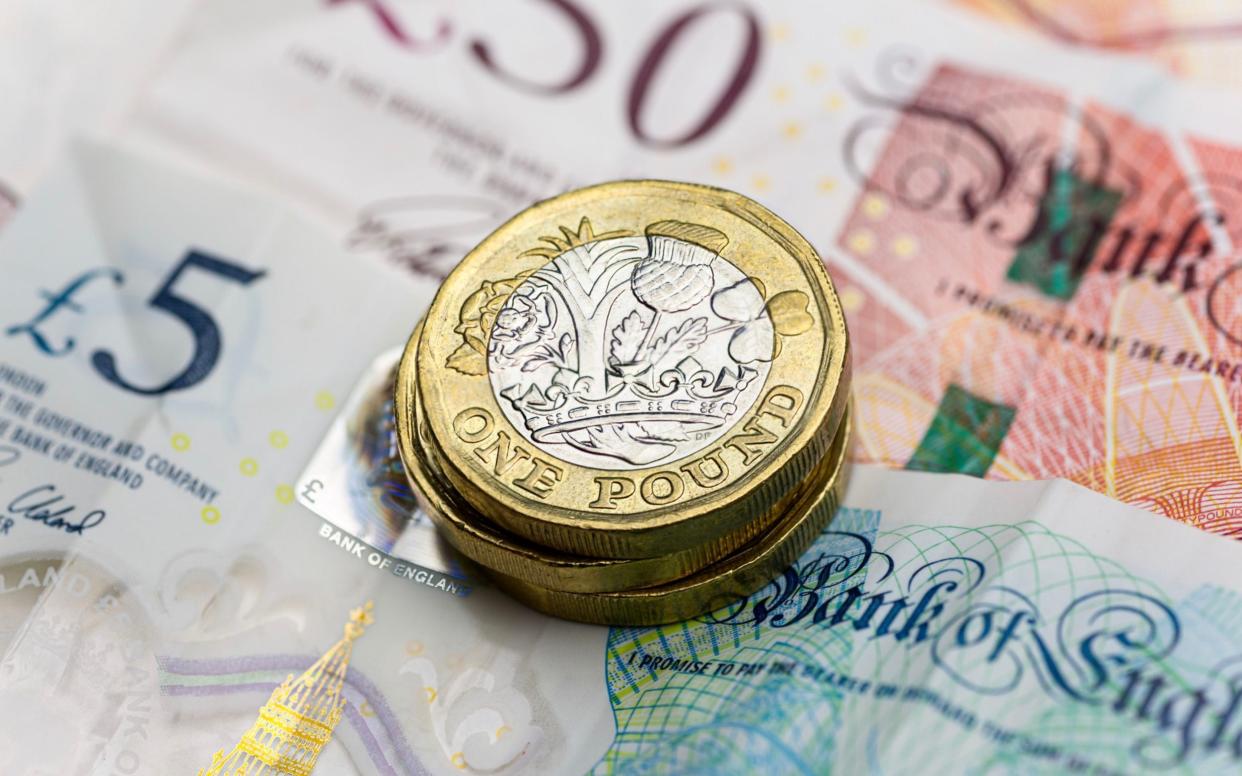Covid sparks panic hoarding of banknotes

Panicked consumers hoarded banknotes at the fastest rate since fears over the Millennium Bug 20 years ago as lockdown hit, experts have found – despite predictions that the Covid-19 crisis would hasten the death of cash.
The amount of cash in circulation jumped by 2pc in May as fears surged over the health and economic fallout of the pandemic, according to research by former Bank of England policymaker Charles Goodhart and fellow economist Jonathan Ashworth.
The authors said this was the largest increase since a Y2K surge in December 1999 after the turn of the millennium prompted entirely misplaced alarm over the widespread failure of computer systems.
The surge in demand for notes came despite the limit on contactless spending transactions going up to £45 in a bid to prevent the virus spreading through physical cash. It was also unaffected by a jump in online spending to some 30pc of all retail outlays due to the crisis.
Mr Goodhart and Mr Ashworth wrote: "While the economic shutdowns and increased use of online retailing are currently diminishing cash’s traditional function as a medium of exchange, it seems that this is being more than offset by panic driven hoarding of banknotes."

It is not clear why May in particular saw such a large increase in cash as opposed to the previous month when restrictions were even tighter. Mr Ashworth said a bounce back in retail sales is likely to have been the main driver.
Other countries saw an even more pronounced effect, with an 11pc year on year rise in US currency in circulation in the last week of May. This was the biggest rise since the global financial crisis sparked fears over bank collapses.
There was also panic hoarding in the euro area. Higher denomination €200 notes accounted for 30pc of the increase in circulation during March and April, despite only making up 7pc of the total stock of banknotes.


